- Engineer's Espresso
- Posts
- control bees?
control bees?
Control drones? Done. Control humans? Elon on it. Now?
Happy Tuesday, folks!
Welcome to This Week in Engineering
The WINNER of last week is:
🎉 James 🎉
He wins 2 weeks in a row! Here’s his response:
“B (Permafrost and Refrigeration Units)
Thanks,
James”
Want to get featured in the next edition?
Answer this:

Think you know your engineering facts? Well, here are three bold statements - two are true, and one is a complete fabrication.
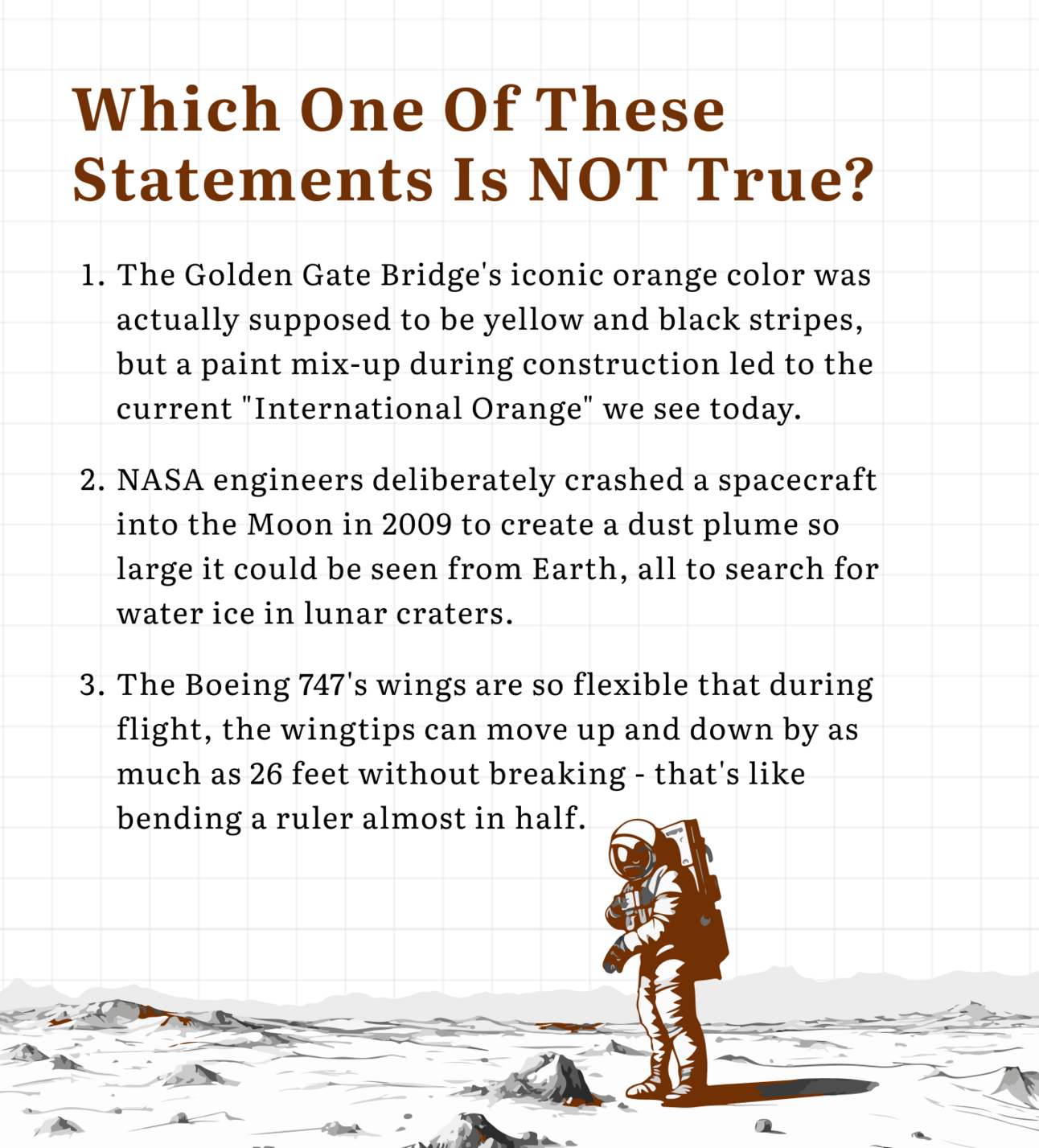
Drop your answer below and let’s see who wins this week’s limited edition sticker!
Before we get started, I have a request.
I put in hours every week to write this newsletter, and we’ve grown it to close to 20,000 readers across North America (most folks working at ENR500 companies)
If you or your company could benefit from advertising in this newsletter, I’d love to chat.
Or if you know someone who could benefit, forwarding this to them would go a long way in making this bigger and better!

Control drones? Done
Control humans? Elon on it
But ofc, humans won’t stop there..
Now we can control bees?
Yup..
Chinese scientists literally put brain chips in bees, and now they can control where they fly. I'm not even kidding.
They made a tiny 74-milligram controller (lighter than the nectar a bee normally carries) that straps to a bee's back with three needles that pierce its brain. Then they send electronic pulses to make the bee turn left, right, go forward, whatever they want.
And the bees actually listen 90% of the time.
As a kid, I was excited about remote-controlled cars..
Now, kids will have a remote-controlled drone, except it's a real living bee that can fly 5km without getting tired?
They're saying they could search for earthquake survivors or do military scouting.
But honestly? Every time I see a bee now, I'm gonna wonder if someone's watching me through its eyes 👀
This is WEIRD
I was talking to a friend yesterday, and she said she lost her taste after COVID.
Today I read that…
Scientists made an artificial tongue using graphene that can taste food with 98% accuracy.
Like, better than you or me can taste stuff?
It works by detecting how different chemicals change the electrical signals in graphene when they touch it.
They trained it on 160 different flavor chemicals so it knows what sweet, salty, bitter, and sour actually "feel" like electronically.
What’s scary is that when they gave it 40 new flavors that it had never tasted before, it still got them right 75-90% of the time.
They tested it on coffee and cola, too.
Imagine if this thing could tell you exactly what's in your food or if it's gone bad.
I think politicians might use this to test their food instead of risking their head of security (I hope)
Though it's still too big to actually use anywhere yet 😅
Okay time for something a bit normal..
You know how 3D printing usually makes tiny little toys?
Qatar chose to go habibi on that.. And print 2 schools.
These things are 20,000 square meters each.
That's 40 times bigger than the largest 3D printed building anyone's ever made before.
The printers are huge too 😂
50 meters long, 30 meters wide, 15 meters high.
Basically the size of airplane hangars.
They spent 8 months doing over 100 test prints to get the concrete mixture right for Qatar's climate.
And because it's so hot there, they only print at night.
Imagine walking past a construction site and instead of hearing hammers, you just hear this giant robot slowly squeezing out concrete walls in perfect curves.
I wish I could go to school there now…

Every time I see my nephew playing with his small transformer car (now they have motors), I really think “I wish my car could transform into a plane too..”
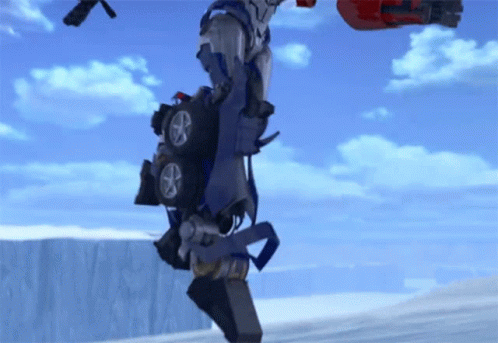
And… Caltech engineers just asked us to "hold our coffee" and built exactly that.
A robot that literally transforms from drone to car while flying.
Not after landing.
Not while sitting still.
Mid. Freaking. Air.

It’s as if a quadcopter and a remote-control car had a baby that went to MIT.
Most flying robots are terrible at being anything else.
They land awkwardly, power down, need manual reconfiguration, then maybe start driving if you're lucky.
And that's assuming perfect landing conditions.
The questions then become:
What if the ground is rocky?
What if there's a ditch?
What if you're landing on a steep hill?
Congrats, your drone just became very expensive scrap metal.
The Caltech team basically said "what if we just don't land first?"
Which sounds simple until you realize what they're actually attempting.
Transforming while flying is like changing clothes during a bungee jump, except the clothes are fighting back and physics is actively trying to kill you.
The solution that shouldn't work (but somehow does)
Most engineers would attack this with 15 motors, dozens of sensors, and enough complexity to shame NASA.
Caltech used one motor. One. Single. Motor.
This motor controls all four propeller-wheel combinations through a gear system that locks in place when not running. Think of it like a master key that opens every door in your house. If something goes wrong, it freezes in position instead of turning into a falling brick.
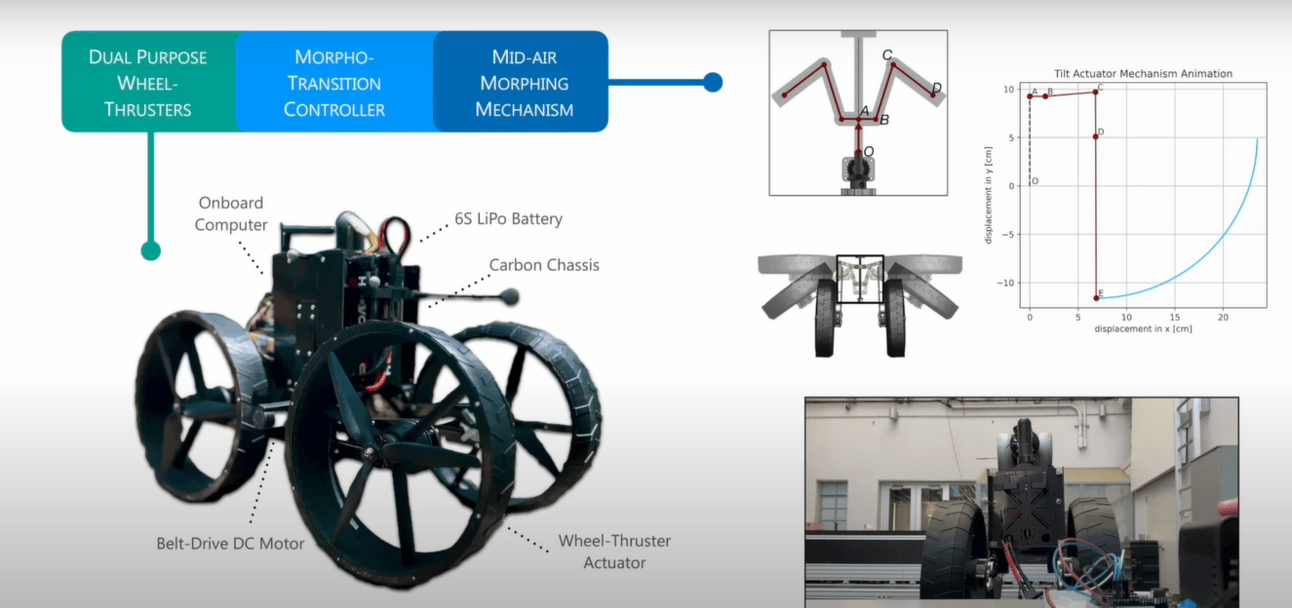
The physics nightmare they had to solve
Here's where it gets weird. When helicopters land, air bounces off the ground creating ground effect: extra lift that can help or hurt depending on what you're doing.
ATMO's tilting propellers actually use this ground effect as a free turbo boost when landing. But push past 60 degrees of tilt and physics says "nope, not enough thrust, you're falling now."
So they designed a system to surf that sweet spot where invisible air currents and math create the perfect landing conditions.
The control system that sees the future
Regular drones are simple: tilt left, go left. With ATMO, tilt left and you also slide sideways because the propellers are pointing in weird directions. It's like driving a car that automatically accelerates when you turn the wheel.
Their solution? A controller running 150 calculations per second that predicts what's happening 3 seconds in the future and fixes problems before they occur. It's like having an AI co-pilot that says "Hey, in 2.8 seconds you'll be in trouble, fixing that now."
But is this even usable?
YES
Imagine Amazon delivery drones that morph mid-air and roll up to your door like a sci-fi delivery service.
Or Mars rovers that fly over big obstacles and drive when they need precision, instead of spending months crawling over a single rock.
Caltech just proved the coolest scenes from science fiction aren't fiction anymore.
From bees to drones. It’s been a week…
Time to sip my morning espresso ☕

Jr Manufacturing Engineer - Siemens
Turning manufacturing chaos into lean, mean, power-distributing machines. One process improvement at a time..Material and Processes Engineer: Boeing
Make sure metals and composites have a healthy relationship so pilots never have to deal with airborne breakups.Facilities Engineer: Volkswagen
Save warehouses from having electrical tantrums and plumbing meltdowns. Basically the facility's Swiss Army knife.
Want to list your job with us?
Hit reply and we’ll get it to over ~20k engineers : )
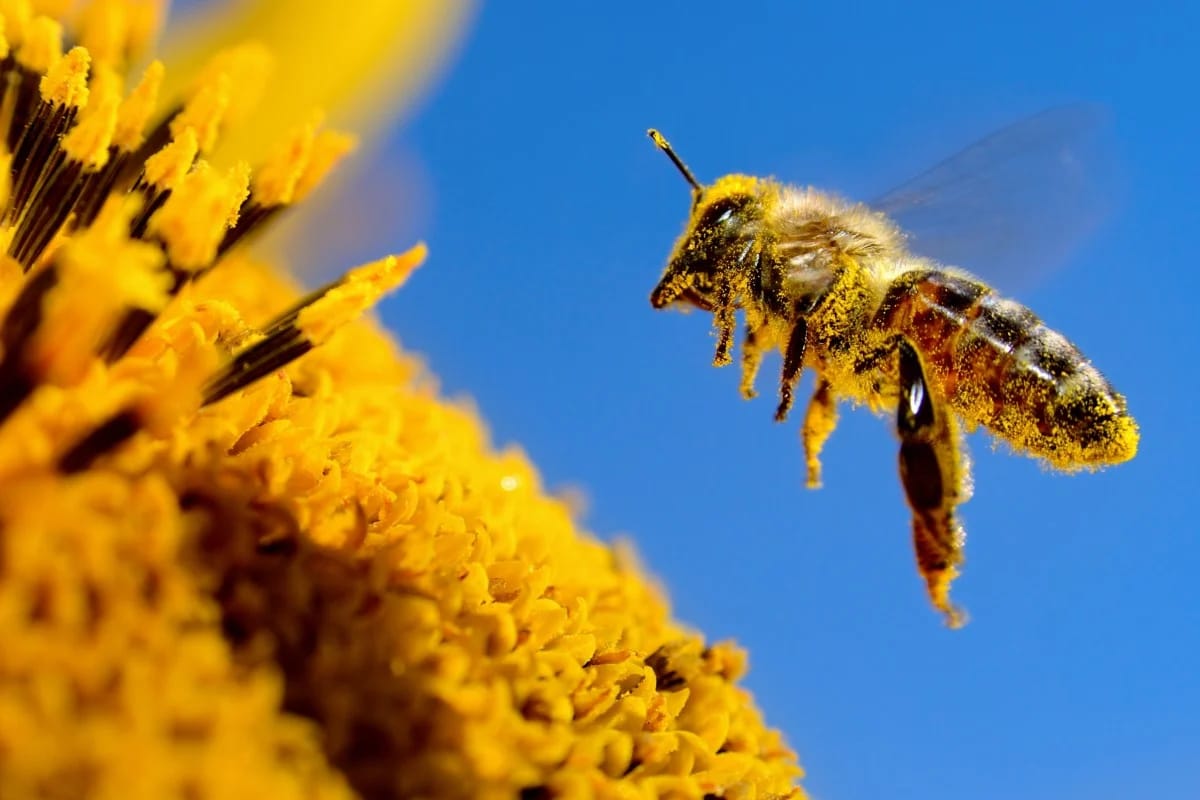
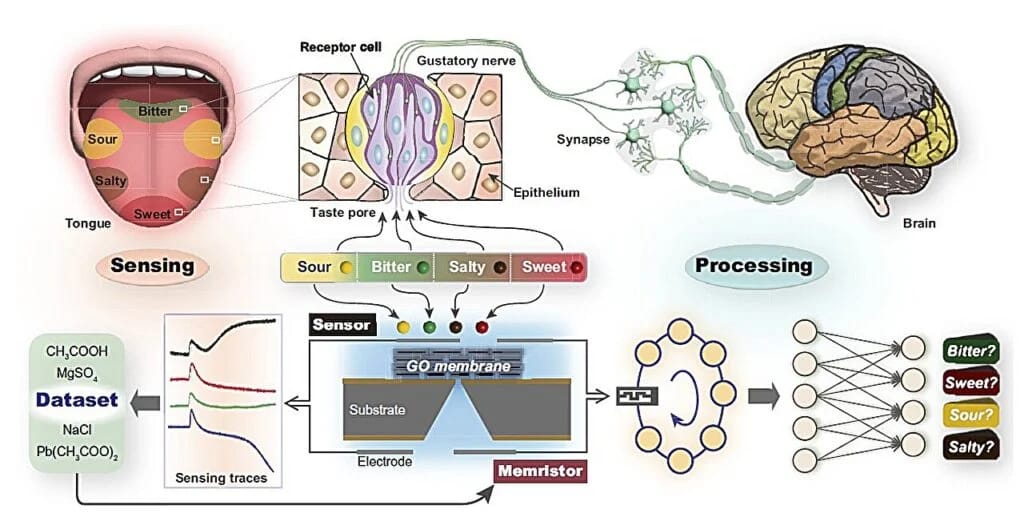
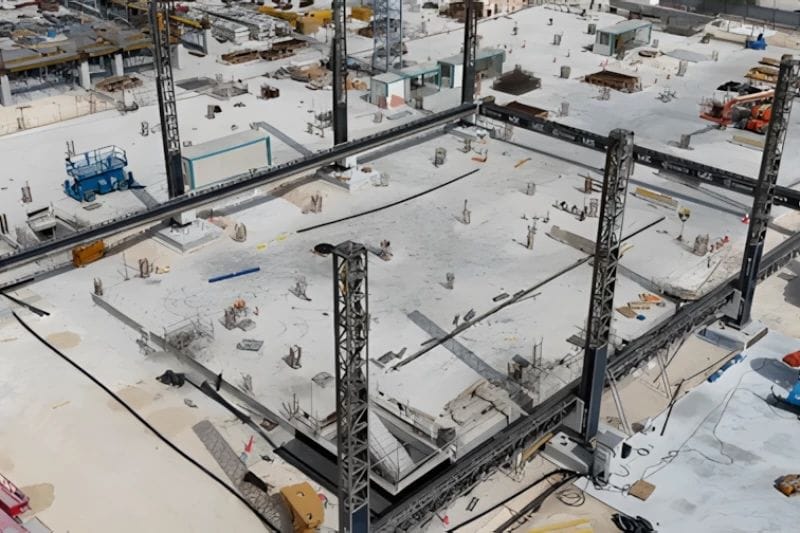
Reply